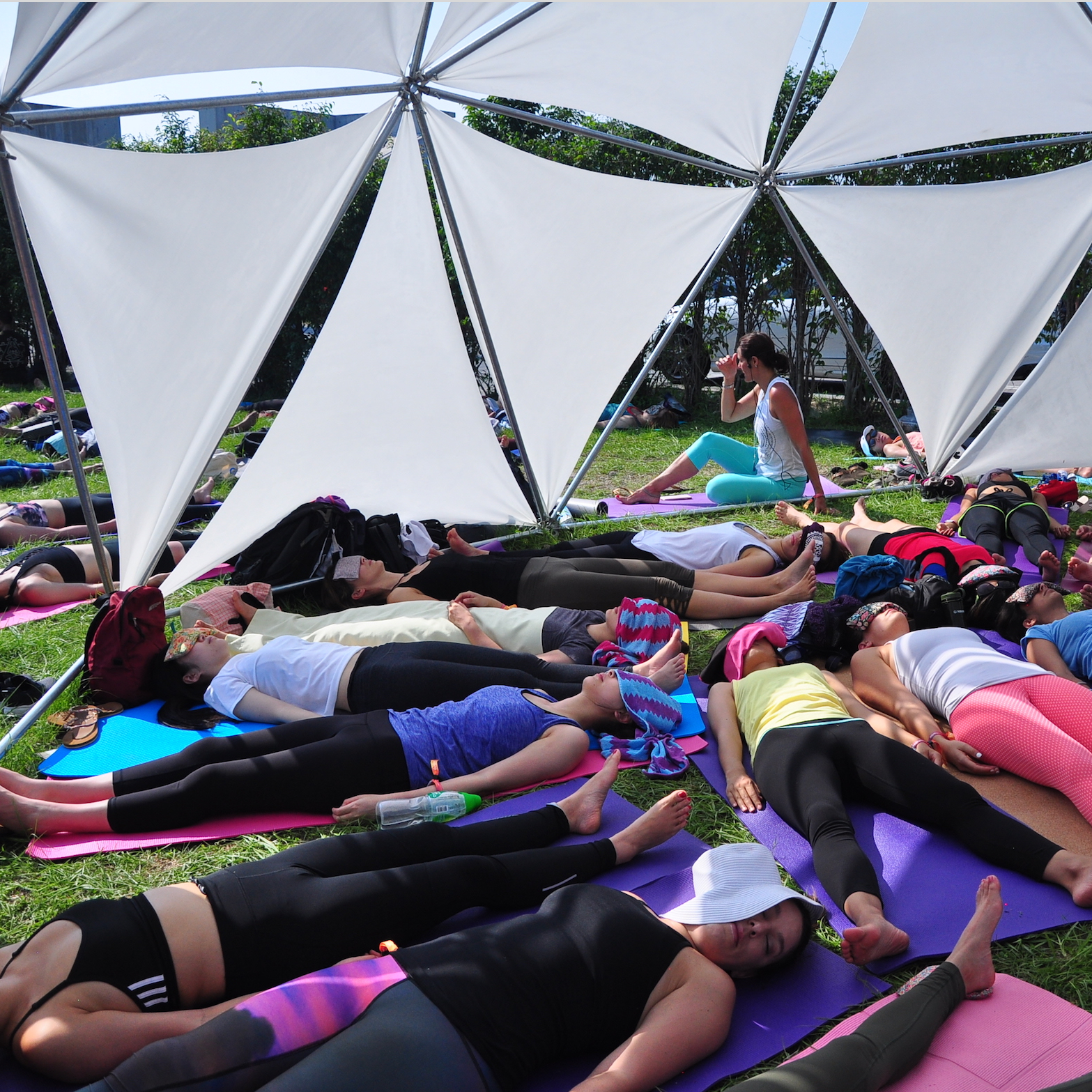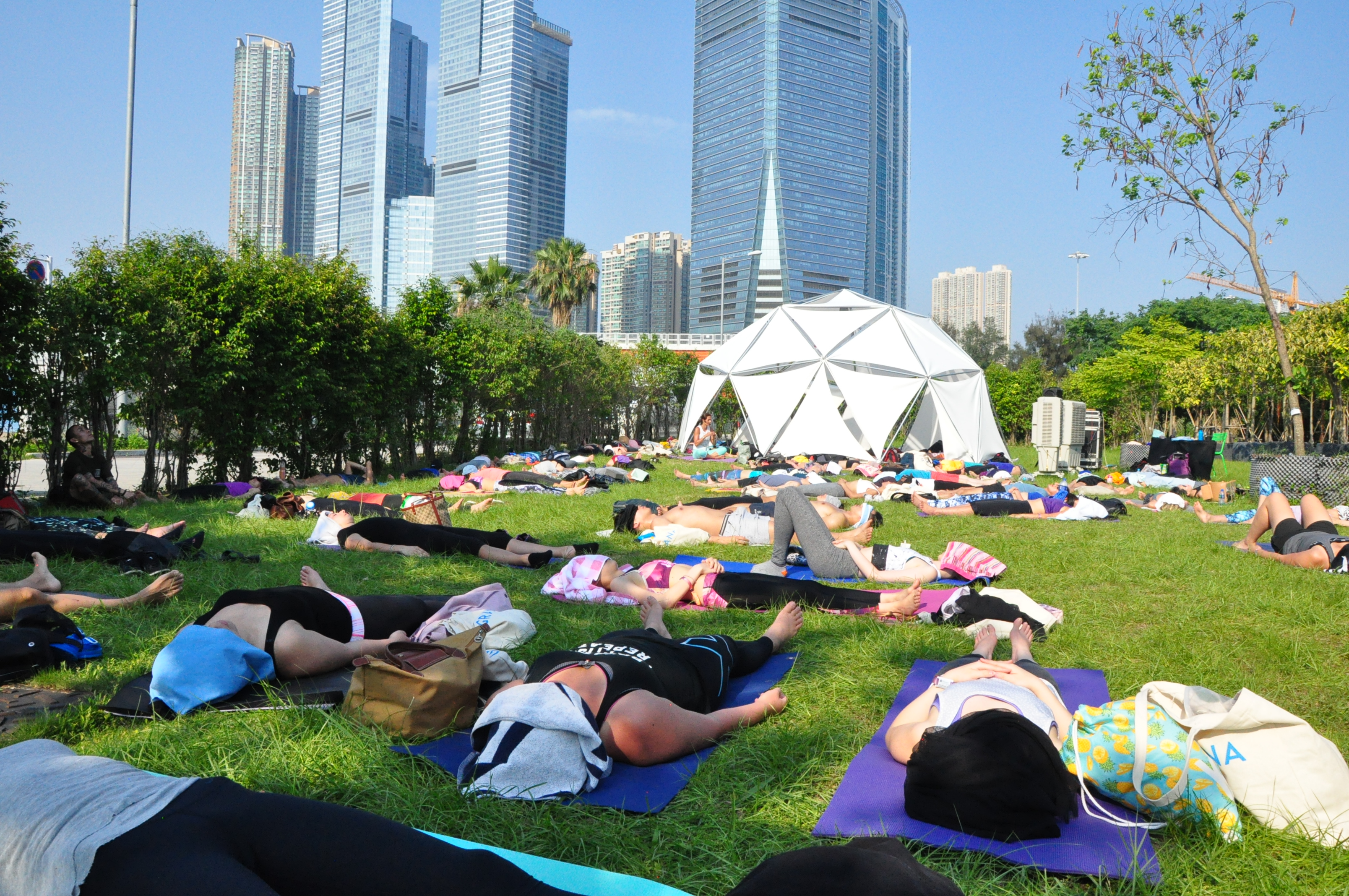Do you ever wish you could flick a switch, unwind and feel more relaxed, focused and clear? Do you find yourself going to sleep with unresolved tensions or still feeling stressed out after a busy day?
Also known as yogic sleep, Yoga Nidra is one of the deepest forms of meditation. It is a combination of allowing your body to relax while you keep your mind awake. By doing this, you reach a profound state of relaxation.
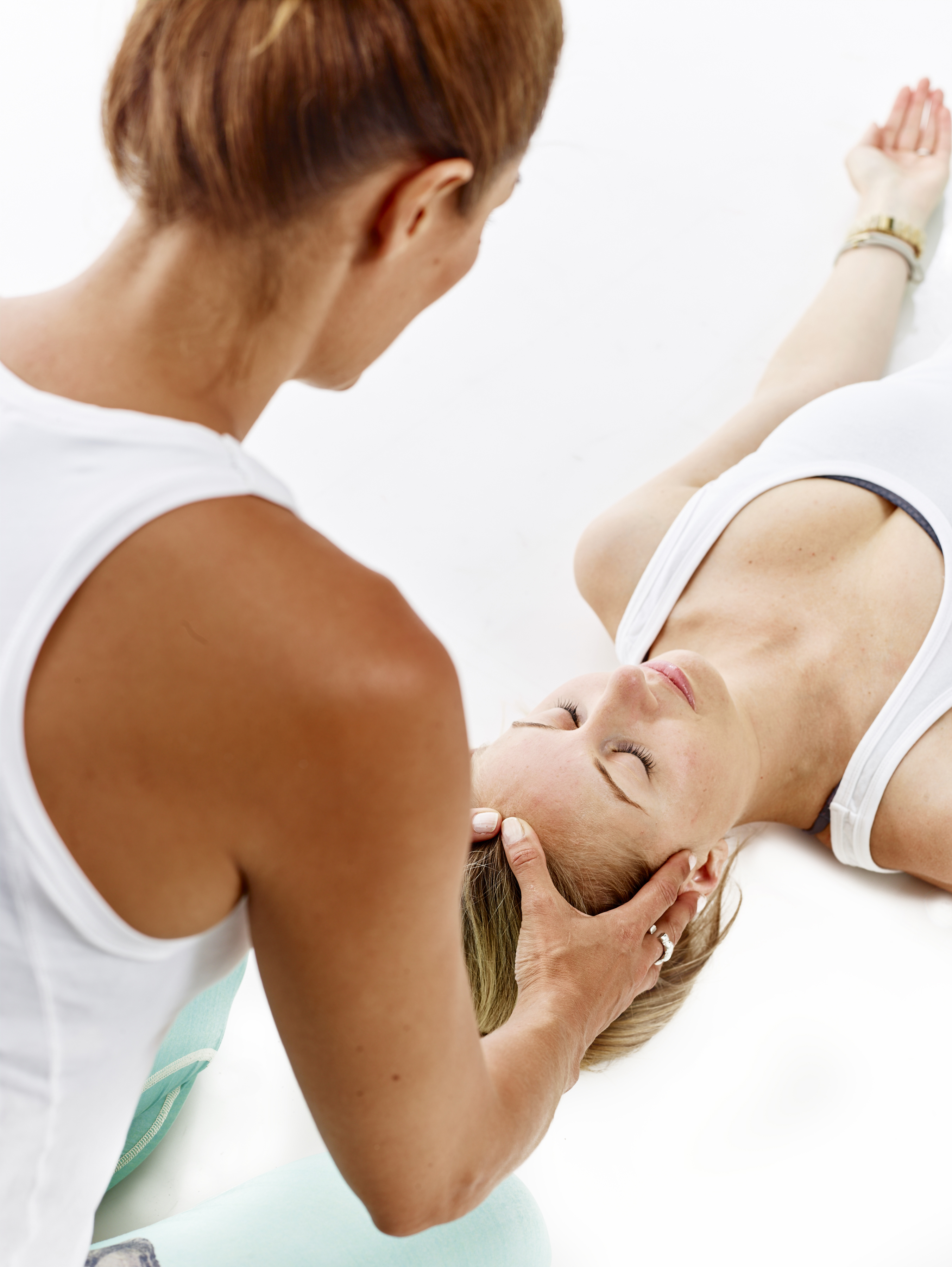
I like to think of it as a kind of internal yoga. It is practiced lying on your back with your eyes closed, and the hardest part is actually staying awake! (any fans of floating or anyone's favorite part of yoga class is shavasana / corpse pose?) It enables you to let go of all ingrained tension and stress.
But relaxation is just the beginning - with Yoga Nidra, you can accomplish this, and so much more. You can truly transform your life.
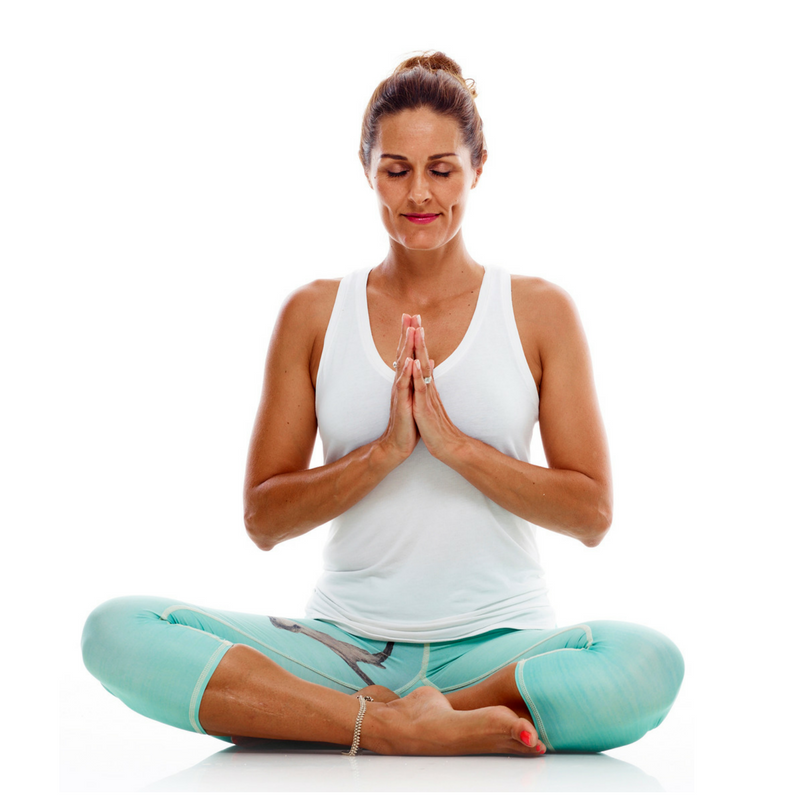
In a session, you access your subconscious mind. It’s like opening a door to your inner world. Things you have suppressed - thoughts, emotions and memories - start to bubble up to the surface. By bringing up things you didn’t even know were affecting you, Yoga Nidra enables you to release old thought patterns and behaviours. You start to shed the old, limited you.
Your mind is also extremely receptive in this state. It is a bit like planting a seed in a pot. If the soil is old and dry, it’s hard to plant the seed and it’s unlikely the plant will grow. But if the soil is rich and fertile, whatever seed you plant will flourish. Your mind in a state of Yoga Nidra is rich and fertile - it’s the optimal state for manifestation. That is why we always begin and end the practice with a ‘sankalpa’ or affirmation of your deepest desire.
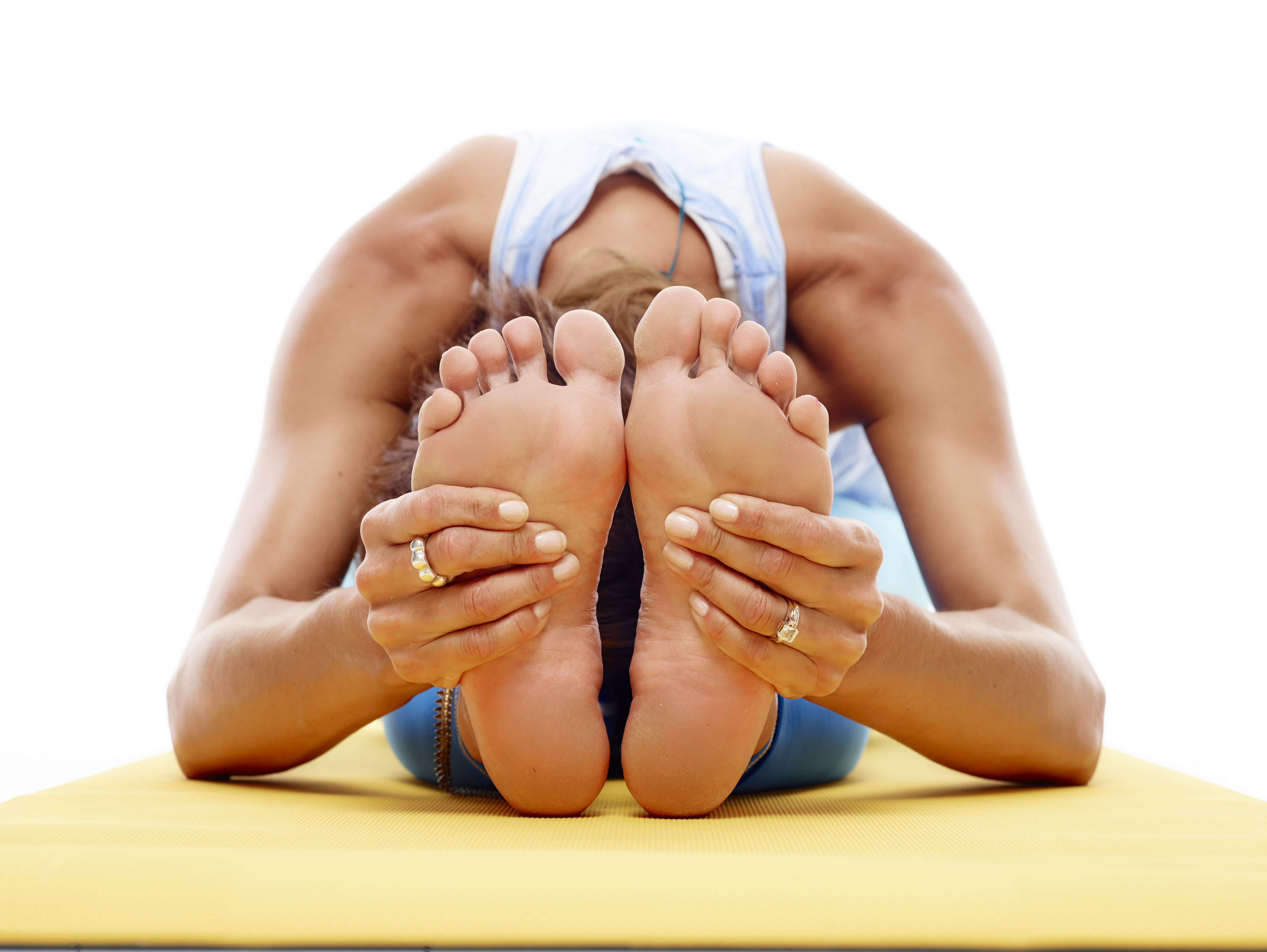
On a physical level, Yoga Nidra slows down your heart rate and your breathing. It unwinds your nervous system. Your brain waves also slow down and you come into a state of being. The levels of ‘stress hormones', such as adrenaline and cortisol also change. That is why Yoga Nidra has successfully been used to treat disorders such as anxiety, depression and chronic fatigue.
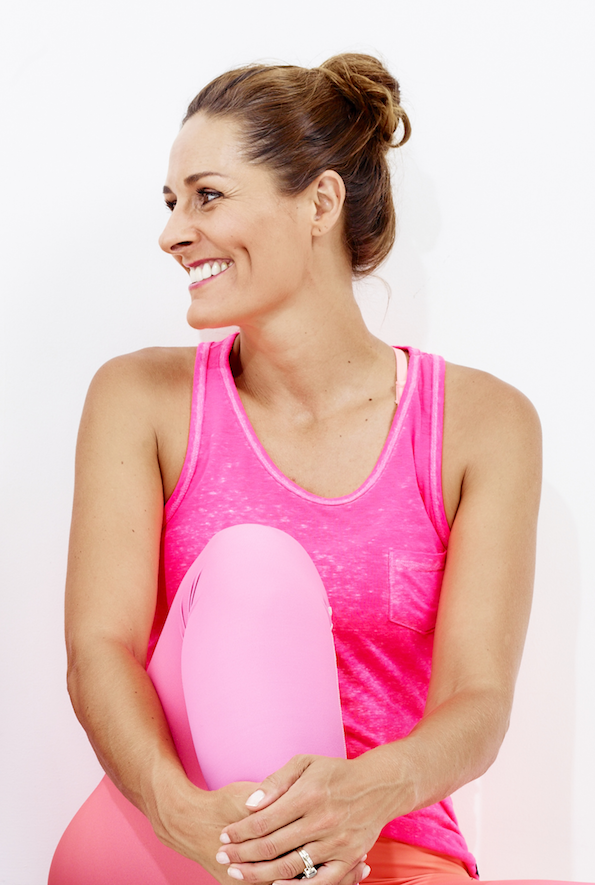
I started practicing Yoga Nidra more than a decade ago in Thailand. At the time, I was very nervous speaking in front of other people. I wanted something to help me overcome this debilitating fear - my heart would pound so hard in my chest every time I had to speak up. I couldn’t focus on anything other than what I was about to say and when I did speak, my voice came out feeble and shaky! It was really holding me back on a professional and personal level.
So I turned to Yoga Nidra and it truly transformed my life (sample track here). I consistently used the sankalpa ‘I speak with confidence and clarity’ in my practice. My fear subsided and slowly but surely, I felt comfortable and confident speaking up. So much so, that I went on to fulfil my dream of working as a television journalist, working for CNN, NBC, France 24 and Al Jazeera. And even more importantly, I now love speaking in front of groups!
The Blissful Relaxation
Most people sleep without resolving their tensions,
This is termed nidra.
Nidra means sleep, no matter what or why,
But yoga nidra means sleep after throwing off the burdens,
It is of blissful, higher quality altogether.
When awareness is separate and distinct from vrittis,
When waking, dream and deep sleep pass like clouds,
Yet awareness of atma remains
This is the experience of total relaxation.
Relaxation does not mean sleep.
Relaxation means to be blissfully happy,
It has no end.
I call bliss absolute relaxation;
Sleep is a different matter.
Sleep gives only mind and sense relaxation.
Bliss relaxes the atma, the inner self;
That is why, in tantra,
Yoga nidra is the doorway to samadhi.
-Swami Satyananda Saraswati
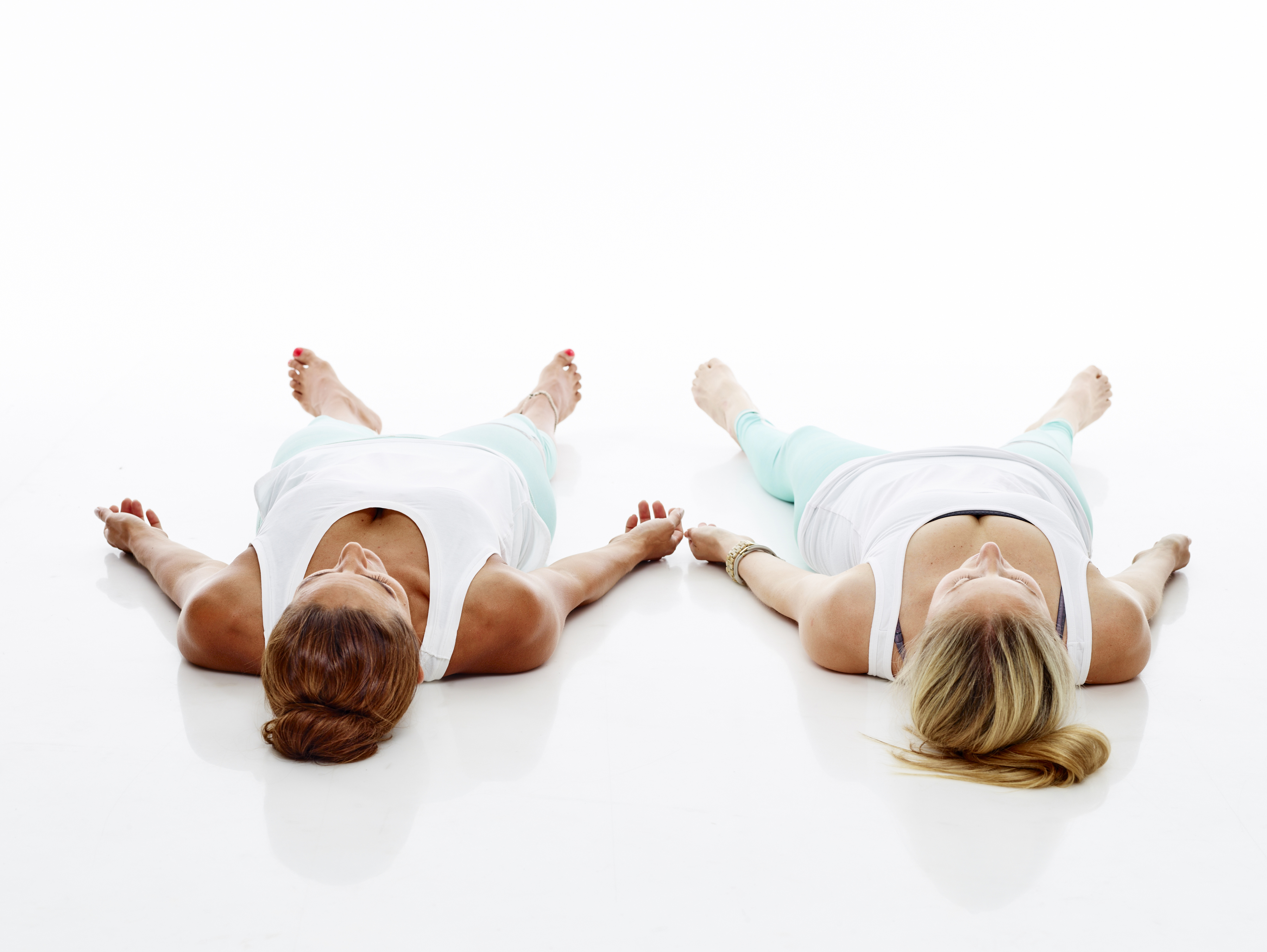
Article contributed by Rosalie e’Silva - a yoga teacher and wellness journalist, currently based in Hong Kong. Born in Namibia, she has lived all over the world and is a firm believer that life is whatever you make it.
It was during her time working as a television journalist that she turned to the physical practice of yoga to help her cope with the pressures of working in live television. As her practice and passion for yoga steadily grew, Rosalie moved into teaching.
Rosalie is now on a mission to help students live their most extraordinary lives, through the power of yoga, meditation and visualisation. She loves the way yoga makes you feel connected and plugged in to your very best self... and it is this experience that Rosalie is passionate about sharing with her students.
In Hong Kong, you can practice with Rosalie at a location near you:
YogaUP in Discovery Bay, Pause in Central and from July at SharedSpace in Causeway Bay. She also does one on one work with clients and workshops.

